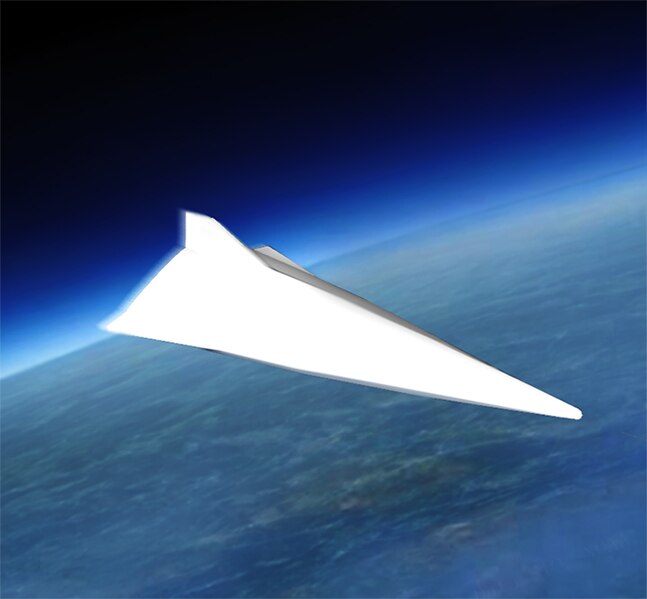Are hypersonic weapons really the next big thing in the global arms race? Two American scientists have busted the ‘myth’ surrounding hypersonic weapons that they are “super-duper” missiles, as US President Donald Trump called them.
Why India, Unlike Turkey, Will Not Invite US Sanctions Over Its S-400 Deal With Russia?
A hypersonic glide vehicle (HGV) or missile is capable of traveling at five times the speed of sound but scientists have concluded that “advertised features are more illusory than real”.
An analysis was done after studying the technical performance of the planned weapon by US-based scientists Dr. David Wright and Dr. Cameron L. Tracy. The analysis will be published in Science & Global Security.
While David Wright is a physicist at the Massachusetts Institute of Technology and affiliated with Laboratory for Nuclear Security and Policy, Cameron L. Tracy is a materials scientist at the Union of Concerned Scientists, a private group based in Cambridge.
Talking to the New York Times, Dr. Wright has called the “superweapon a mirage”. For long, hypersonic weapons that could travel five miles a second while zigzagging through the atmosphere without getting detected were touted as the next big thing in the global arms race.
However, their report has concluded that current generations of space-based sensors “will be able to track the weapon’s fiery twists and turns during most of its flight through the atmosphere”.
The analysis done by Dr. Wright and Dr. Tracy is based on the US’ Hypersonic Technology Vehicle 2, but scientists have said that their findings apply to other American prototypes and similar weapons being developed by other countries like Russia and China.
Defense Advanced Research Projects Agency’s (DARPA) Falcon Hypersonic Technology Vehicle 2 (HTV-2) program is focused on making the long-duration hypersonic flight a reality.
HTV-2 is an unmanned, rocket-launched, maneuverable aircraft that glides through the Earth’s atmosphere at incredibly fast speeds — Mach 20 (approximately 13,000 miles per hour), the DARPA website says.
While the weapon is all about speed, the scientists have said: “it will fly intercontinental distances more slowly than ballistic missiles and warheads fired on low flight paths known as depressed trajectories”.
Dr. Wright said that “the limited power of the curved, blistering hot surfaces to generate a substantial lifting force without also producing lots of drag undermined claims that the weapon can fly long distances on complex trajectories”.
Who All Have HGVs
Experts describe an HGV as a military application that combines the speed of intercontinental ballistic missiles with the accuracy of cruise missiles. In theory, it is difficult to detect the launch and tracking the HGVs. Currently, the US, China, Russia, and India are the only countries known to have these hypersonic gliding vehicles.
Reports suggest Russia had made its new HGV, Avangard, launched atop an intercontinental ballistic missile, operational in January 2020. Russia claimed this nuclear-armed HGV can fly at over 20 times the speed of sound.

China had flaunted its DF-17 missile with a hypersonic glide vehicle DF-ZF at its national military parade in 2019. China had become the first country in the world to have operational hypersonic weapon systems.
The latest to join the list was India which successfully tested its indigenously-developed Hypersonic Technology Demonstrator Vehicle (HSTDV) in September 2020. It was launched atop an Agni-I rocket, taking it to an altitude of 18.6 miles at a hypersonic velocity.
Meanwhile, outgoing US President Donald Trump has been boasting about the “super-dupers”. His budget had asked the Pentagon to spend $3.2 billion on hypersonic arms research. The scientists believe these tall claims have resulted in conflicting views of hypersonic warheads and their actual abilities.
Follow EurAsian Times on Google